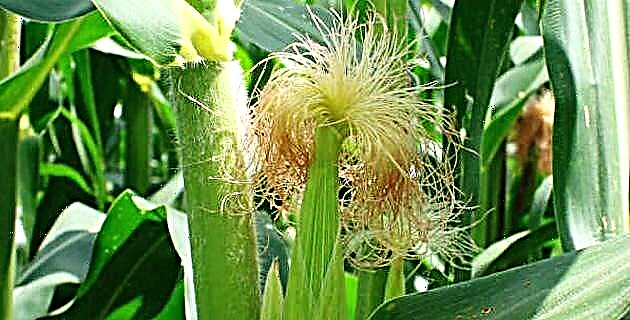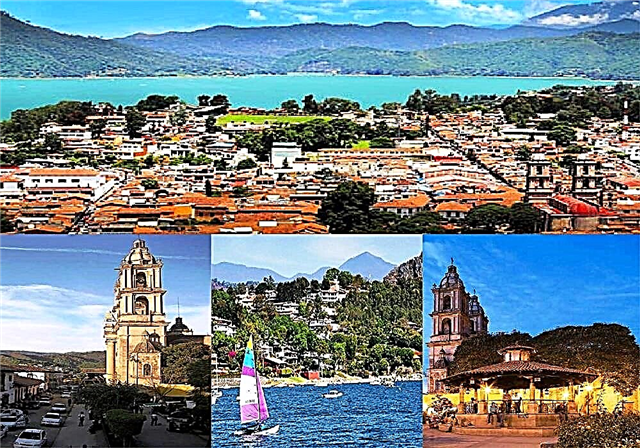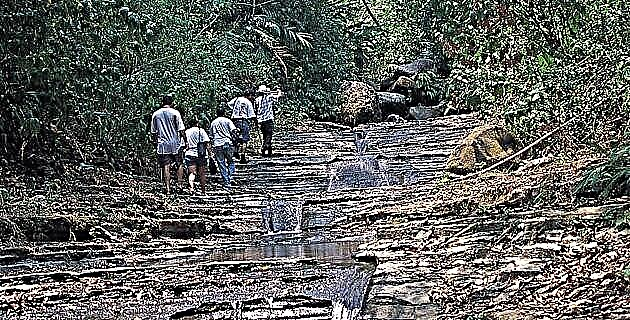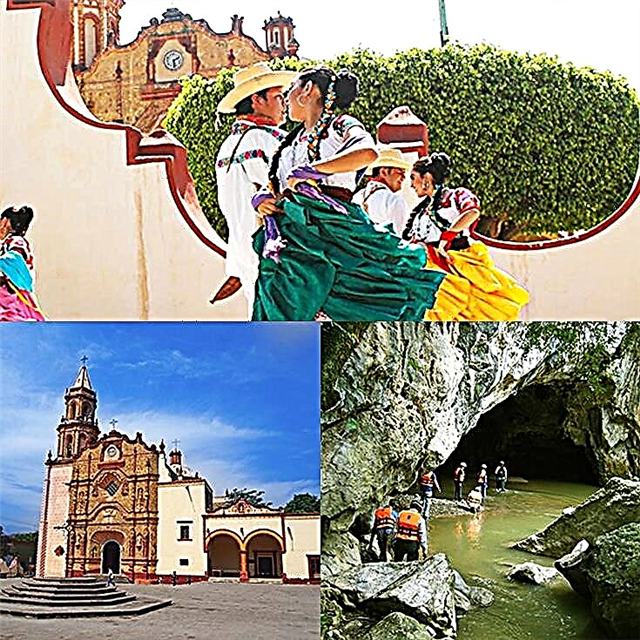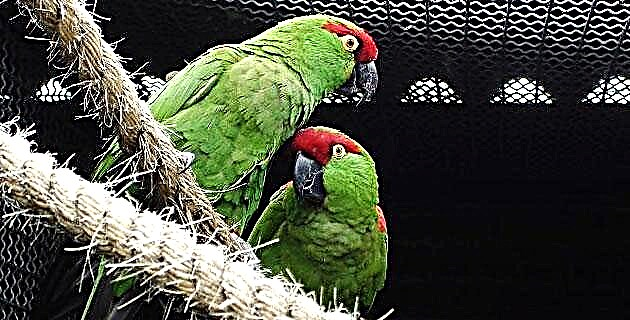
This time we did not admire archaeological sites or the famous ravines of the state of Chihuahua, but we went in search of one of the rarest and most striking species of parrots in our country.
Madera is at the foot of the mountainous region with the greatest timber wealth and archaeological remains in Chihuahua. This region was inhabited for 1,500 years by skilled builders of "cliff houses", who were originally nomadic hunters and gatherers, who little by little changed their lifestyle (around 1,000 BC). These groups were the first to capture and breed the mountain parrots (perhaps because of their colorful plumage), according to the archaeological remains found in Paquimé.
Wild life abounds in this region and only here it is possible to find, between April and October, the Western Mountain Parakeet (Rhynchopsitta pachyrhyncha), a bird in danger of extinction. A few kilometers northwest of the municipality of Madera, the nesting area is made up of pines, oaks, alamillos and strawberry trees; It is an environment with a temperate climate for most of the year and with rains during the summer months, which favors the existence of well-preserved vegetation, since the ejidatarios of Largo Maderal have allocated 700 hectares for its conservation where their nesting area is protected.
Old logging roads
In the last days of summer, the dirt road that we traveled little by little turned into streams that at some points ran through each track printed by cars, but there are stretches of hundreds of meters where the entire road has become a stream. The area was becoming more and more humid. The road continued uphill, with narrow curves that rose through steep land. One mountain range followed the other, we passed several semi-abandoned cattle ranches, we almost reached the top of the highest elevation on the western side of the mountain range, and in the distance we appreciated the blue lands that shelter huge “cliff cities” such as El Embudo. . There we advance along roads that at the beginning of the last century a train traveled to remove wood.
Nesting of the mountain parakeet
A few kilometers after passing the last ranch invaded by an extensive field of mirasols, we reached a steep slope near the top. We left the road to follow the course of a stream, and just 300 meters away, we heard the noise of a dozen parrots. Upon detecting our presence, the adults began to fly in semicircles over the trees where their nests were. There was a patch of smooth white trees, up to 40 meters high, competing for the light, they were poles. The water ran through mosses and ferns, when we saw the rarest plant in the region, the poisonous barley, a herbaceous plant that only grows in swamps and high springs.
Thus, at last we saw several pairs of parrots perched on three trees with dry branches, apparently they were chicks that had left the nest and were preparing to start practicing flight. We were at 2,700 meters above sea level and we continued in the vehicle almost half a kilometer further up, until we reached another patch of larger wires. At this point we find dozens of screaming birds, several adult parrots guard the chickens; some jumped from branch to branch, and others remained subject to the entrance of the nest or biting branches and trunks. They wore their distinctive plumage and the rays of sunlight that filtered in, allowed us to appreciate the intense red of their crest and shoulder, as well as the intense green of their body. For the parrots, September means almost the end of the nesting season, they will soon have to migrate south, to the coniferous forests of warm Michoacán.
Little by little we move away from the nest area, where biologists and conservationists have conducted studies on its population status, which in this area has between 50 and 60 nests. Here it is safe, because wood is no longer extracted, no productive activity is carried out and it is hardly visited. So we are sure that we will continue to hear the echo of the cries and cries of these beautiful birds for many years.
Recommendation
This area is ideal for bird watchers who come in search of the blue quetzal or elegant trogon.
How to get
Madera is 276 km west of the capital of Chihuahua, at an altitude of 2,110 meters above sea level and surrounded by a wooded mantle.

